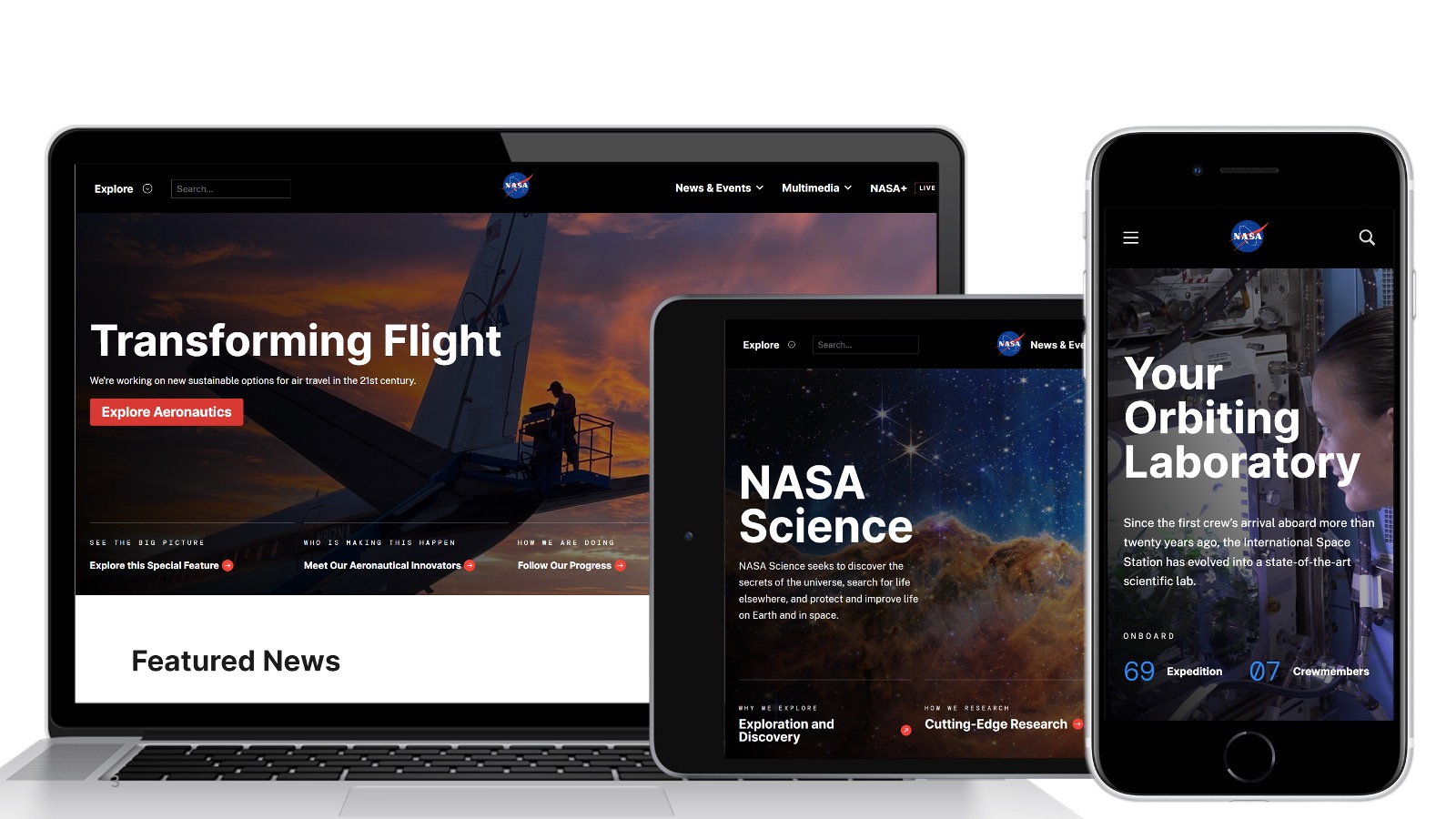NASA is launching its own video streaming platform. The service was named NASA+. It will include all the live broadcasts it already hosts but will additionally show original documentaries.
To mark the launch of NASA+, new informational TV shows will debut on the service, which will be free and will be broadcast without advertising. The streaming service will be available through NASA’s iOS and Android apps on mobile devices. Desktop users will have access to it via web browsers and media players such as Roku, Apple TV and Fire TV.
The Chief Information Officer of NASA in Washington, Jeff Seaton, shared the agency’s vision of providing a unified world-class web experience for all mankind. He noted that the modernization of websites and optimization of public interaction with the agency’s content are critical steps that make NASA information more accessible, convenient and safe for ordinary viewers. This new digital experience will allow space enthusiasts to become more familiar with many of the agency’s missions, in particular the Artemis mission, which aims to return astronauts to the surface of the Moon.

Deputy administrator of the NASA Communications Department, Marc Etkind, noted that the new streaming platform would allow users to receive valuable on-demand content that would always be at hand. NASA also plans to involve other scientific organizations by sharing their multimedia libraries through NASA+. The agency strives to share scientific research and innovations with the world, doing so through a convenient online platform.
Nicky Fox, assistant administrator of the Science Mission Directorate at NASA headquarters, added that exciting stories about exploring the unknown in the air and space would be told through new websites and videos on NASA+, which would inspire discoveries and benefit humanity.
Earlier, we reported on how NASA monitored the astronauts’ exit in outer space online.
According to NASA
Follow us on Twitter to get the most interesting space news in time
https://twitter.com/ust_magazine

